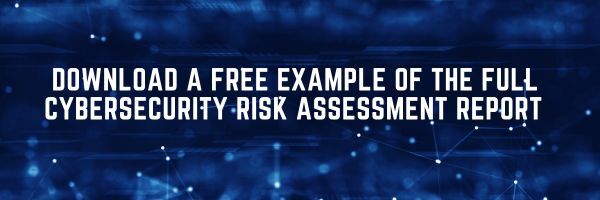Assessment Overview: A Wake-Up Call for Cybersecurity Readiness
Cyber threats are no longer occasional disruptions—they’re constant, fast-moving, and increasingly complex. With the average cost of a data breach now at $4.45 million, and attack surfaces growing daily, no organization—regardless of size or industry—can afford to be reactive. Yet many still rely on outdated tools, siloed systems, or assumptions that “it won’t happen to us.”
A recent public cybersecurity risk assessment puts this into sharp perspective. The evaluation, which included in-depth vulnerability scanning, external surface mapping, and dark web monitoring, revealed troubling weaknesses in the organization’s digital defenses. From exposed assets to credential leaks and system misconfigurations, the assessment mirrors how real attackers scout and exploit vulnerabilities.
What makes this even more concerning is not just the presence of technical flaws, but what they suggest about broader issues: limited visibility over infrastructure, unclear ownership of cyber risk, and gaps in both detection and response capabilities. These aren’t small oversights—they’re entry points for disruption, data theft, or worse.
Cybersecurity readiness isn’t just about compliance or IT hygiene anymore. It’s about business resilience. Without a clear view of risks and a plan to address them, organizations risk financial loss, reputational damage, and serious regulatory consequences. This assessment is more than a technical report—it’s a clear warning that urgent action is needed.
What the Cybersecurity Posture Score Really Tells Us
Security Issues Identified Across the Environment
Prioritizing Risks and Next Steps for Mitigation
Identifying vulnerabilities is only the first step; the real challenge lies in prioritizing these risks and taking decisive action to strengthen defenses. Given the range of issues uncovered—from exposed credentials on the dark web to gaps in external surface security—organizations must adopt a strategic, risk-based approach to remediation.
Start by focusing on the most critical vulnerabilities that could lead to immediate or high-impact breaches, such as closing open ports, patching outdated systems, and enforcing multi-factor authentication for compromised accounts. Equally important is establishing continuous monitoring to detect new threats and suspicious activity early, reducing the time attackers can remain undetected.
Leadership must also champion security awareness across the organization, ensuring employees understand their role in preventing breaches, particularly against phishing and social engineering attacks fueled by leaked credentials. Incident response plans should be regularly tested and refined to enable swift and coordinated action when threats arise.
Ignoring these risks can be costly. Industry data shows that a single major cyber incident can cost between $500,000 and $2 million in direct financial loss, regulatory fines, downtime, and reputational damage—expenses that can threaten business survival.
Finally, investing in governance and cross-functional collaboration will help embed cybersecurity into everyday operations, fostering a culture of resilience rather than reaction. By prioritizing remediation efforts with clear visibility into risks and costs, organizations can move from vulnerability to preparedness, reducing exposure and safeguarding long-term continuity.
What Should Be Done Next
Cybersecurity doesn’t improve on its own—it requires decisive, continuous action. Based on the findings of this assessment, organizations should prioritize the following steps to strengthen their defenses and reduce risk:
Prioritize Risk Remediation Focus immediately on addressing high-severity vulnerabilities, especially those impacting internet-facing systems and external surfaces vulnerable to exploitation.
Improve Threat Detection Capabilities Deploy or upgrade real-time monitoring and incident response tools such as Security Information and Event Management (SIEM), Endpoint Detection and Response (EDR), or Managed Detection and Response (MDR) solutions to identify and contain threats faster.
Maintain Ongoing Dark Web Monitoring Continuously monitor for leaked credentials and sensitive data. Any compromised accounts should require immediate password resets and enforcement of multi-factor authentication to prevent unauthorized access.
Educate and Empower Staff Since human error remains one of the leading causes of breaches, implement regular security awareness programs, including phishing simulations and password hygiene training, to build a vigilant, security-conscious workforce.
To help you navigate this complex landscape, download a free example of the full cybersecurity risk assessment report to understand how these insights apply to your organization.
For personalized guidance and tailored strategies, book a free consultation with Annexus Technologies—our experts are ready to help you build a stronger, more resilient cybersecurity posture.



